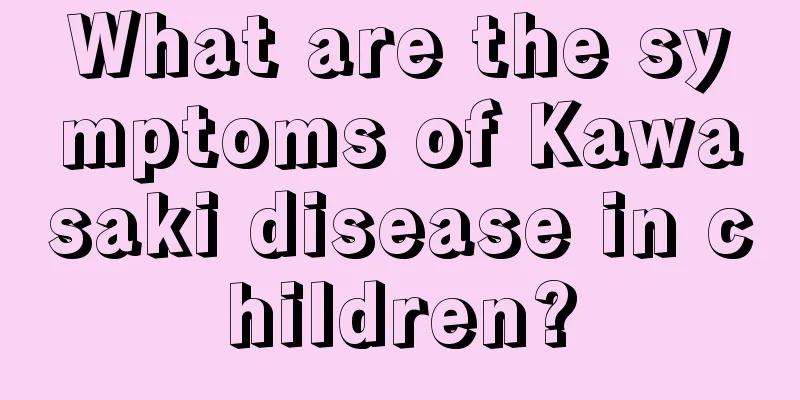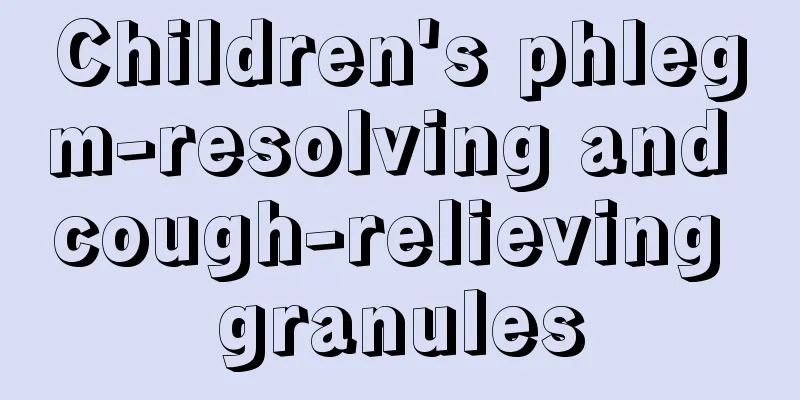What are the symptoms of Kawasaki disease in children?

|
Maybe many of you don’t know the symptoms of Kawasaki disease in children in your life, so when this disease occurs, you don’t treat it in time. In fact, the main symptoms of Kawasaki disease in children are persistent fever and congestion of both conjunctivae of the eyes. We recommend that everyone should seek timely treatment. Let’s take a look at the symptoms of Kawasaki disease in children. Mucocutaneous lymph node syndrome, also known as Kawasaki disease, is an acute systemic vasculitis that mainly occurs in infants and young children. The main symptom is persistent high fever, which is the characteristic of the acute phase. Typical fever usually has an acute onset, with the temperature reaching over 39°C and presenting as a remittent fever. If not treated promptly, high fever may last for 1 to 2 weeks, sometimes up to 3 to 4 weeks. On the other hand, if IV immune globulin and high-dose aspirin are given promptly, the fever usually subsides within 1 to 2 days. The main symptom is persistent high fever, which is the characteristic of the acute phase. Typical fever usually has an acute onset, with the temperature reaching over 39°C and presenting as a remittent fever. If not treated promptly, high fever may last for 1 to 2 weeks, sometimes up to 3 to 4 weeks. On the other hand, if IV immune globulin and high-dose aspirin are given promptly, the fever usually subsides within 1 to 2 days. Bilateral conjunctival congestion often occurs 24 to 48 hours after fever. Congestion of the bulbar conjunctiva is more common than that of the palpebral conjunctiva, especially around the conjunctiva. There is usually no discharge. Slit-lamp examination may reveal anterior uveitis. Changes in the oropharynx are also seen 24 to 48 hours after the onset of fever. Initially, the lips become red, followed by swelling, cracking and bleeding after a few days. The most typical is lingual papillary hyperplasia, also known as strawberry tongue. The oral cavity and pharynx are markedly congested, but without ulcers or discharge. Usually, redness of the palms and soles and swelling of the hands and feet appear 3 to 5 days after the onset of the disease. 10 to 20 days after the onset of the fever, the swelling and redness of the hands and feet tend to subside, entering the subacute stage, with the skin at the tips of the fingers and toes beginning to peel off, and then affecting the entire palms and soles of the feet. Horizontal grooves (Beau's lines) may appear on the nails 1 to 2 months after the onset of Kawasaki disease. The rash may have many types even in the same patient and may appear on all four limbs at the same time. The rash is mostly seen on the trunk and proximal ends of the limbs and generally has no distinctive features. The most common rash is maculopapular rash, and scarlet fever-like rash and multiform erythema are also common. Groin rash and peeling may occur. All of the above occur in the acute phase and occur earlier than peeling of the nail tips. Based on the article’s analysis of the symptoms of Kawasaki disease in children, we should all know what kind of conditions Kawasaki disease in children can bring to our bodies. As mothers, if you find the symptoms described in the article, you should seek timely treatment. At the same time, you should know the treatment methods for Kawasaki disease in children. |
<<: What is the standard height of a two-year-old child?
>>: Can a newborn baby be bathed every day?
Recommend
Baby sweating all over when sleeping
It is a common phenomenon for babies to sweat all...
Why does my baby have a hoarse voice?
Many children often have some hoarse throats when...
The baby choked on water while taking a bath
Sometimes babies choke on water while taking a ba...
Can people with low vision wear glasses?
Patients with amblyopia need to wear glasses, bec...
Normal white blood cell count for newborns
White blood cells are a type of immune cells secr...
Can children grow taller by drinking milk?
Height is something we are always concerned about...
Why is it that a three-month-old baby cannot sleep well at night?
Many parents always find in life that their babie...
Can I supplement calcium if my baby is sick? Parenting experts tell you the answer
Parents all know the importance of calcium supple...
Examination methods for mild pneumonia in children
In fact, many times, babies should pay attention ...
Knowledge about bronchiolitis
Bronchiolitis is a common disease among children,...
2-year-old baby has sore throat and fever
The baby is still very young and has very low imm...
Height of a one and a half year old baby
Many mothers should have found that their babies ...
What to do if a 1-year-old baby doesn't like to eat?
After four months, the baby starts to gradually a...
Is roseola infantum contagious?
Roseola infantum is a viral disease, so it is oft...
What are the symptoms of a concussion in children?
Concussion is still a controversial disease. For ...









